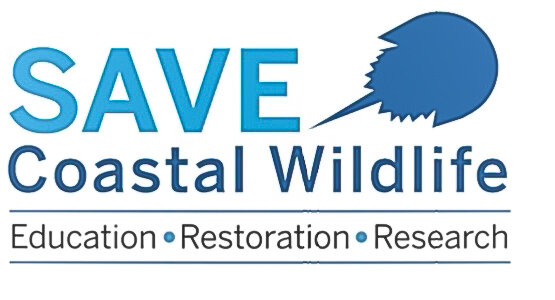SEA LEVEL RISE
According to data acquired by NOAA [1], sea level rise as a consequence of ongoing climate change poses a threat to millions of people worldwide. In the United States alone, the combination of global sea level rise, population growth and land use change is projected to expose between 4 and 13 million people to inundation by the year 2100. Left unabated, rising seas could affect upwards of 20 million US residents through the end of this century and beyond. The East and Gulf Coasts of the US experienced some of the world’s fastest rates of sea level rise during the 20th century. These rising seas have caused tidal flooding– coastal flooding that is driven in large part by routine tidal fluctuations rather than precipitation or storm surge–to become an increasingly frequent occurrence in US coastal communities. Whereas minor coastal flooding along the East, Gulf, and West coasts of the US occurred just once every one to five years in the 1950s, it was occurring about once every three months by 2012.
Sea level rise is expected to make recurrent tidal flooding both more frequent and more extensive. While the tidal datums associated with the mean higher high water (MHHW) mark could be revised upward as sea level rises, the water level at which a community begins to flood will not change, thus leading to an increase in flood frequency. With this increase, many areas will flood with such frequency—potentially facing dozens to hundreds of minor coastal floods per year by mid-century—that, in the absence of protective measures, they could be rendered unusable before they actually fall at or below the present day MHHW level.
MANY SPECIES OF COASTAL ANIMALS IN THE U.S. ARE THREATENED BY SEA-LEVEL RISE DUE TO CLIMATE CHANGE.
FOR EXAMPLE:
Loggerhead sea turtles (Caretta caretta) (listed U.S. Threatened species) will suffer due to the disappearance of ancestral beaches where females lay their eggs in the southeast United States.
American Oystercatcher - (Haematopus palliatus) (the bird is a species of special concern in several coastal states) The American Oystercatcher constructs its nest near the edge of a beach on the East and Gulf coasts. It feeds almost exclusively on shellfish and other marine invertebrates along the coast.
Black Skimmer - (Rynchops niger) (the bird is not federally protected, but it is on several state lists, ranging from endangered in New Jersey to a species of special concern in North Carolina and Florida) Like the American Oystercatcher, the black skimmer constructs its nest directly on the beach and much of its diet is coastal fare including small fish up to about 5 inches in length, such as herring, killifish, mullet, and pipefish; and small crustaceans.
Piping Plover - (Charadrius melodus) (listed U.S. Threatened species) Sea-level rise will become a critical threat to this species in both summer (breeding) and winter (foraging) seasons. Piping Plovers typically nest near water and forage for aquatic invertebrates usually within about 16 feet of the water's edge.
In many cases, salt marshes will be unable to expand inland to offset losses to sea level rise, and salt marsh specialists like saltmarsh sparrows, seaside sparrows, willets, and clapper rails will lose precious habitat.
High-intensity storms will continue to degrade and destroy beach-nesting habitat for species including Common terns, Forster’s terns, and least terns, the smallest tern found in North America. Least Terns are classified as threatened, endangered, or as a species of special concern for most states where it nests because of the loss of nesting habitat. The interior population has been federally listed as endangered since 1985 due to the loss of habitat.
As sea level rises higher over the next 15 to 30 years, tidal flooding is expected to occur more often, cause more disruption, and even render some areas unusable - all within the time frame of a typical home mortgage.
A recent University of California-Davis study predicts up to 90 percent of coastal freshwater turtle species will be at risk from sea-level rise. The study was published in Biological Reviews in March 2018. If sea levels rise three feet by 2100 – a frequently cited estimate well within the range of NASA’s projections – salty seawater is likely to inundate many of the freshwater habitats these turtles need.
Moreover, there are more than 150 national wildlife refuges in coastal areas and many national parks including 10 sites designated as national seashores on the Atlantic, Pacific, and Gulf coasts. Sea-level rise has the potential to reshape wetlands, shift habitats inland and upland, and even put large parts of current public open space entirely underwater.
Sources:
[1] DAHL, KA, SPANGER-SIEGFRIED, E, CALDAS, A AND UDVARDY, S 2017 EFFECTIVE INUNDATION OF CONTINENTAL UNITED STATES COMMUNITIES WITH 21ST CENTURY SEA LEVEL RISE. ELEM SCI ANTH, 5: 37, DOI: HTTPS://DOI.ORG/10.1525/ELEMENTA.234





